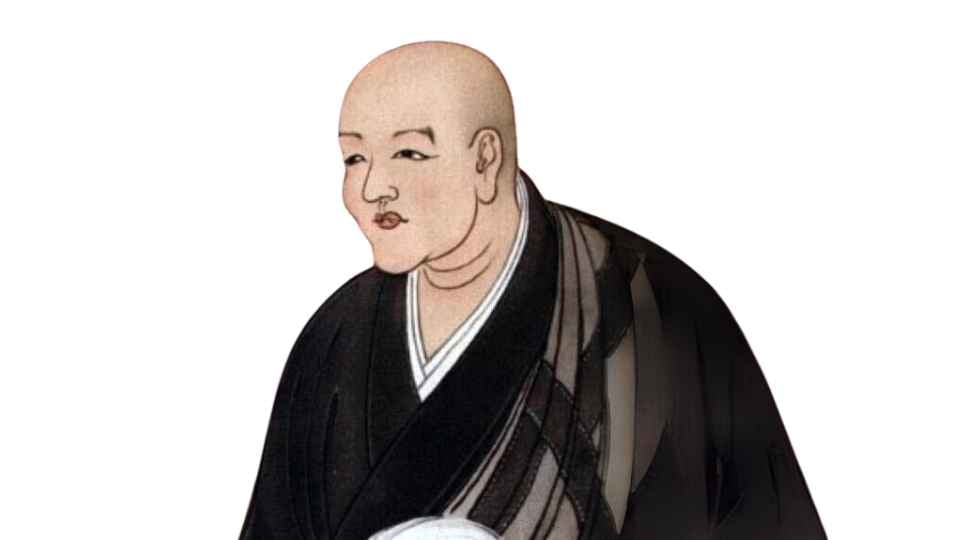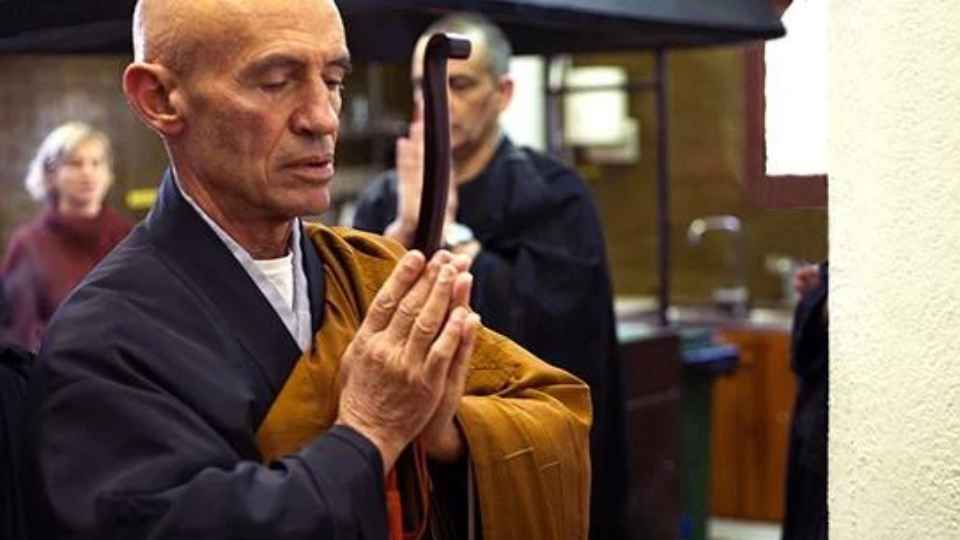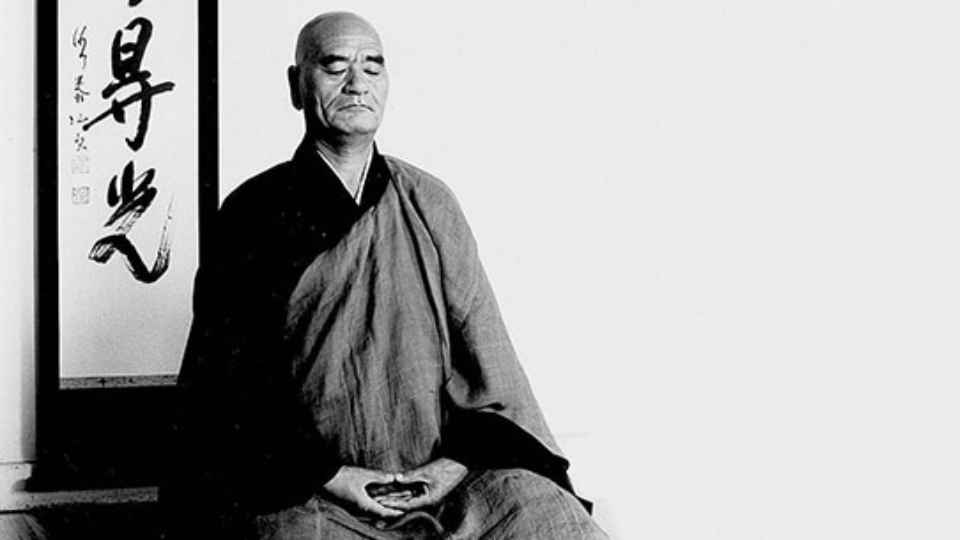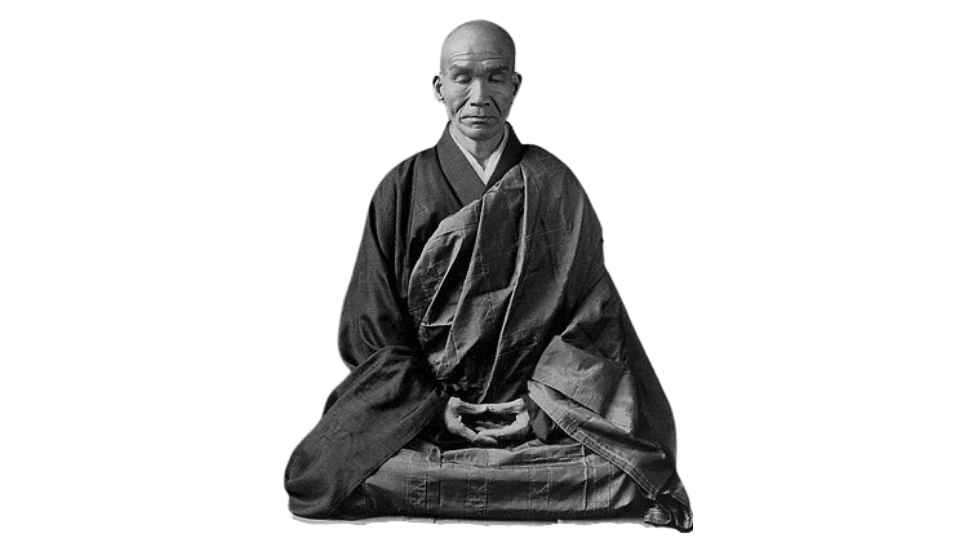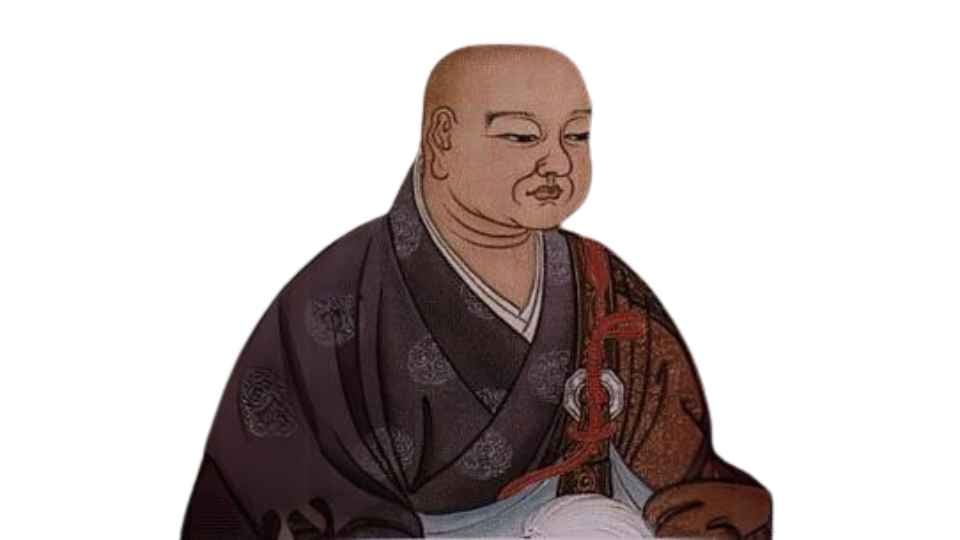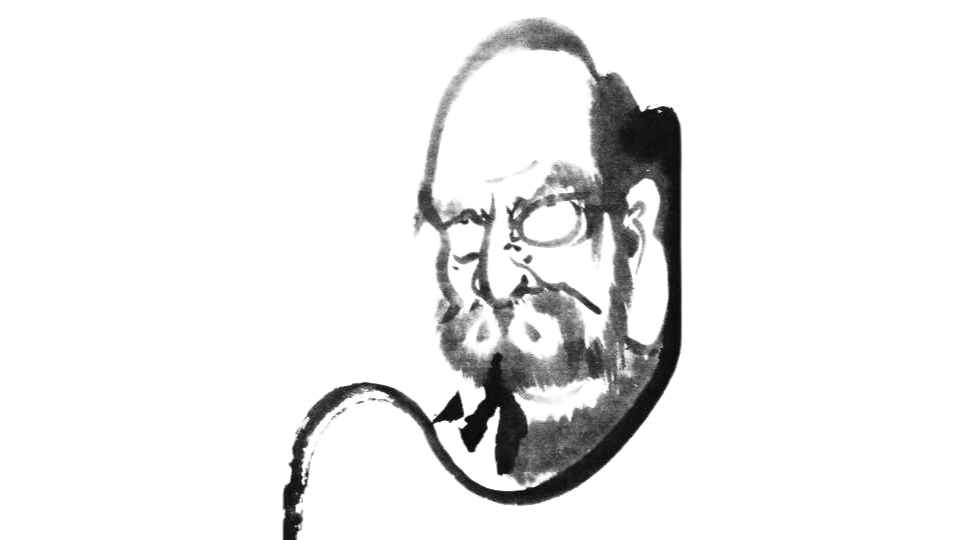Zen Master Dogen (1200-1253) is one of the most influential figures in Japanese Buddhism, particularly within the Sōtō school of Zen. He is best known for introducing and establishing the practice of zazen (seated meditation) and writing the profound work Shōbōgenzō, a collection of his teachings. Dogen’s life and teachings have shaped the foundation of Sōtō Zen Buddhism, with an emphasis on direct experience, meditation, and the understanding of time, being, and Buddha-nature.
Early Life (1200-1213) of Master Dogen
Dogen was born into a noble family in Kyoto, Japan, in 1200. His father, Koga Michichika, was a powerful aristocrat, and his mother was from the Fujiwara family, one of the most influential clans in Japan. Despite his noble heritage, Dogen experienced the impermanence of life at a young age, as his father died when he was two years old, and his mother passed away when he was just seven. Her death had a profound impact on him, sparking in him a deep sense of existential inquiry and the nature of suffering.
Monastic Life and Search for Enlightenment (1213-1227)
At the age of 13, Dogen became a novice monk at the Enryaku-ji monastery, a center for the Tendai school of Buddhism on Mount Hiei. There, he encountered the central doctrinal question that would drive his spiritual journey: “If all beings possess the Buddha-nature, why must one practice in order to realize it?”
Dissatisfied with the answers provided by the Tendai tradition, Dogen left Mount Hiei in search of a more profound understanding. He studied under Eisai, the monk who had introduced Rinzai Zen to Japan, at Kennin-ji in Kyoto. Eisai’s successor, Myozen, became Dogen’s teacher, and the two practiced together for several years. Still feeling that his questions were unresolved, Dogen accompanied Myozen to China in 1223 to study Chán (Zen) Buddhism at its source.
Master Dogen Study in China and Enlightenment (1223-1227)
In China, Dogen visited several monasteries but was initially disillusioned with what he saw as lax discipline among some Chán monks. However, in 1225, he met Tiantong Rujing, the abbot of the Tiantong Monastery, a strict practitioner of Caodong Chán (the Chinese precursor to Sōtō Zen). Under Rujing’s guidance, Dogen had a profound spiritual awakening during a meditation session, which he later described as “casting off body and mind” (身心脱落, shinjin datsuraku). This realization marked his enlightenment, and it provided an answer to the question that had troubled him for years.
Dogen spent several years with Rujing before returning to Japan in 1227, bringing with him the teachings of Caodong Chán.
Master Dogen Establishing Zen in Japan (1227-1243)
Upon returning to Japan, Master Dogen settled at Kennin-ji, where he began teaching what he had learned in China. He wrote Fukan Zazengi (Universal Recommendation of Zazen), which outlined the importance of zazen and offered instructions for proper practice. Dogen emphasized that zazen is not a means to attain enlightenment, but that zazen itself is enlightenment.
In 1233, dissatisfied with the growing influence of politics and sectarianism at Kennin-ji, Dogen moved to a rural temple called Kosho-ji near Kyoto. There, he attracted many followers, emphasizing the practice of shikantaza (just sitting), a form of meditation without any object or goal. His approach was radically different from the Rinzai school’s emphasis on koans and breakthroughs during meditation. Dogen taught that sitting in zazen was itself the realization of Buddha-nature.
Eihei-ji and the Shōbōgenzō (1243-1253)
In 1243, Master Dogen left the increasingly urbanized and politically influenced Kyoto area and moved to the remote mountains of Echizen Province (modern-day Fukui Prefecture), where he founded Eihei-ji, one of the two main temples of Sōtō Zen, which still stands today as a center for Zen training.
During this period, Dogen wrote extensively, producing his most famous work, Shōbōgenzō (Treasury of the True Dharma Eye). The Shōbōgenzō is a collection of Dogen’s discourses and essays on various aspects of Zen practice and philosophy. It is considered one of the most profound texts in Zen Buddhism, addressing topics such as the nature of time, being, impermanence, and the relationship between practice and enlightenment.
One of Dogen’s most famous teachings in the Shōbōgenzō is the concept of “uji”, or being-time. Dogen teaches that time and being are inseparable, and that each moment is a complete expression of existence. In other words, all of existence is contained in each moment, and the present moment is all that truly exists. This teaching was revolutionary and remains a central tenet of Sōtō Zen.
Final Years and Death (1253)
In 1252, Dogen became ill, possibly with a chronic condition that had developed over several years. Despite his deteriorating health, he continued to teach and write until his death in 1253. Before his passing, Dogen appointed Koun Ejō, his closest disciple, as his successor at Eihei-ji.
Dogen’s death marked the end of a short but intensely influential life. His teachings, particularly the emphasis on zazen as both the means and the end of Zen practice, continue to shape Sōtō Zen practice and philosophy to this day.
Key Teachings and Legacy of Master Dogen
Zazen as Enlightenment: Dogen taught that the practice of zazen is not a method to achieve enlightenment, but rather, the practice itself is enlightenment. This teaching highlights the unity of practice and realization, and it distinguishes Sōtō Zen from other forms of Buddhism that emphasize attaining enlightenment through special techniques or experiences.
Being-Time (Uji): Dogen’s philosophical concept of being-time (uji) teaches that time is not linear but an aspect of being itself. Each moment is a complete and unique expression of existence.
Buddha-Nature: Dogen emphasized that all beings inherently possess Buddha-nature, and the practice of zazen allows one to manifest and actualize this nature.
Shōbōgenzō: His masterwork, Shōbōgenzō, is a profound and challenging text that delves deeply into the philosophical and practical aspects of Zen. It is still widely studied in Zen temples and universities.
Eihei-ji Temple: Eihei-ji, the temple founded by Dogen, remains one of the two primary training centers for Sōtō Zen monks and practitioners worldwide.
Dogen’s teachings laid the foundation for what would become the largest sect of Zen Buddhism in Japan, the Sōtō school, which continues to thrive to this day. His influence extends beyond Zen, impacting Japanese culture, philosophy, and spirituality as a whole.
Master Dogen remains a deeply revered figure in Zen Buddhism, and his insights into the nature of existence, time, and enlightenment continue to inspire practitioners and scholars alike.
Roland Yuno Rech, Zen Master
Roland Yuno Rech, born in 1944, graduated from the Paris Institute of Political Studies and…
Taisen Deshimaru. The Bodhidharma of modern times
Born in Saga in 1914, Taisen Deshimaru was a disciple of Master Kodo Sawaki, one…
Kodo Sawaki. Homeless Kodo
Kodo Sawaki (1880-1965) was an influential Japanese Zen master, known for revitalizing the practice of…
Keizan Jokin. 700th anniversary homage
In the history of Zen, there have been especially brilliant masters. One of them is…
Eihei Dogen. Author of Shobogenzo
Zen Master Dogen (1200-1253) is one of the most influential figures in Japanese Buddhism, particularly…
Bodhidharma. Founder of the Zen school
Bodhidharma, often considered the 28th Indian master of Zen and the 1st Chinese master, is…

